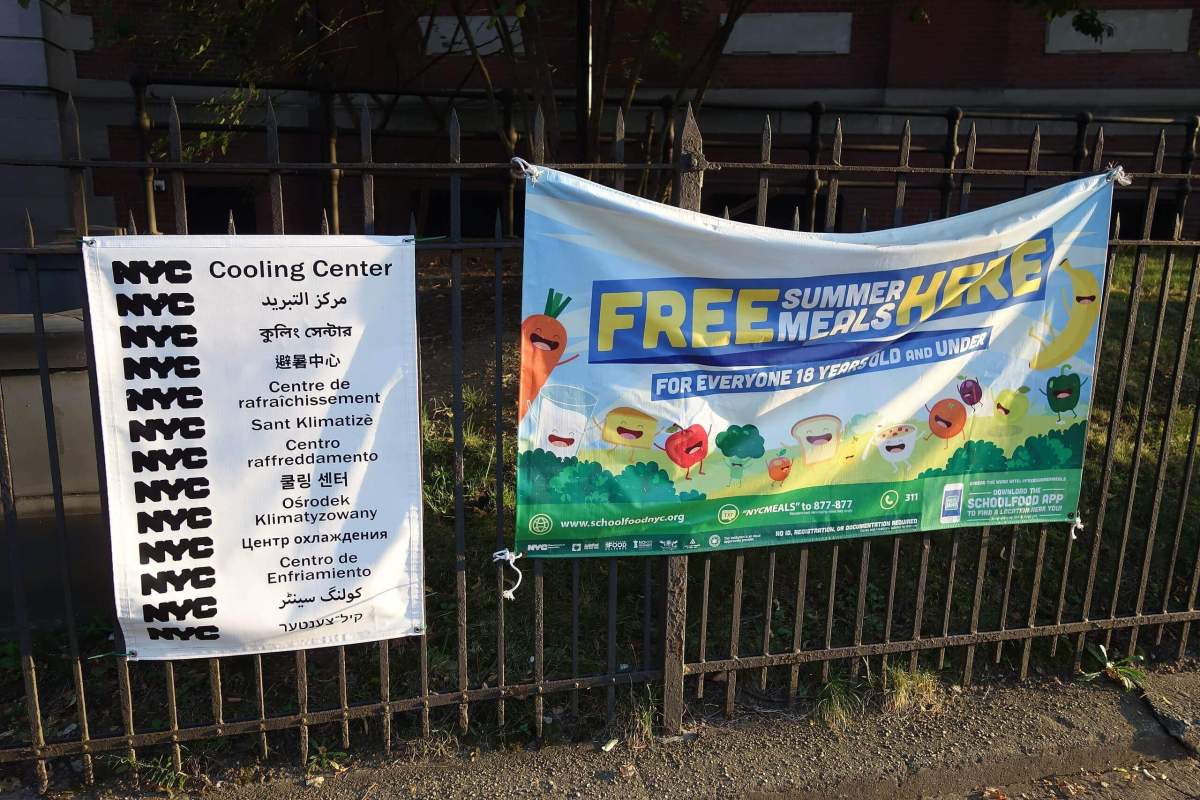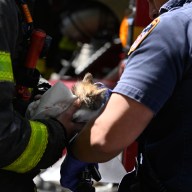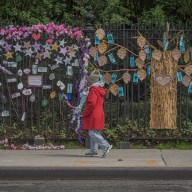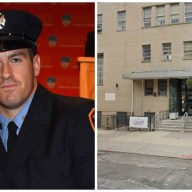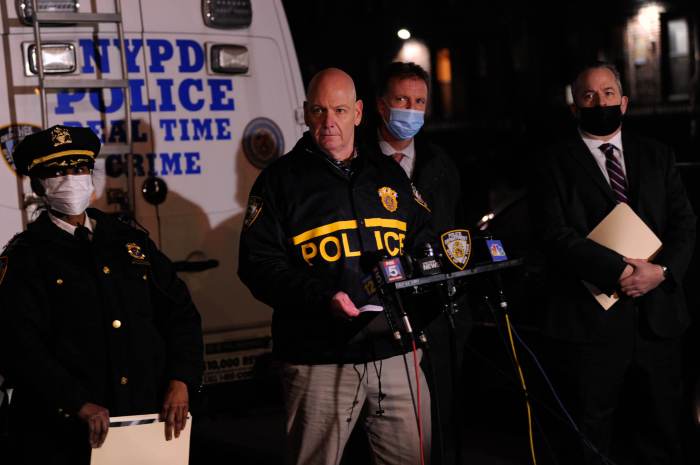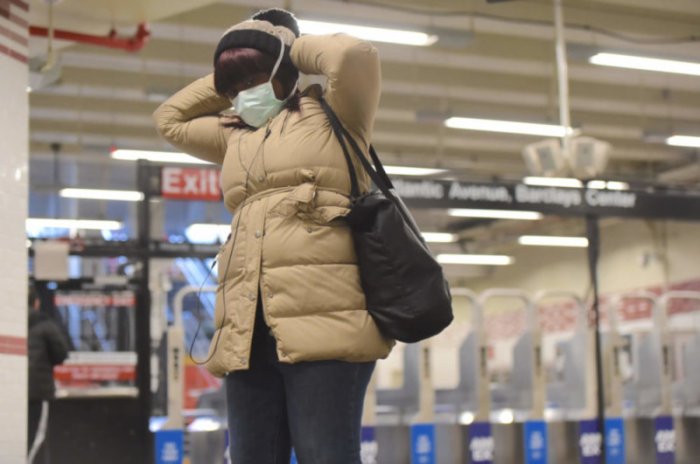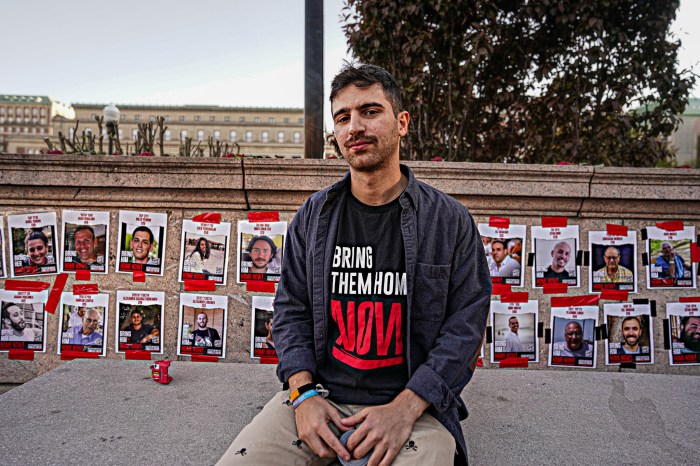It’s a steaming hot summer in New York City, and not all neighborhoods have the same resources to beat the heat, according to an analysis by Comptroller Brad Lander’s office, and 10 Brooklyn neighborhoods are at particularly high risk for heat illness — with East Flatbush at the top of the list.
“As climate change makes deadly heat waves more prevalent, New York City must shade its residents from dangerous health effects,” Lander, a former Brooklyn councilmember, said in a release. “A heat advisory is in effect today, and more are coming. We should move immediately to establish additional cooling centers in neighborhoods like East Flatbush, where our analysis shows very high heat vulnerability but far too little access to cooling sites.”
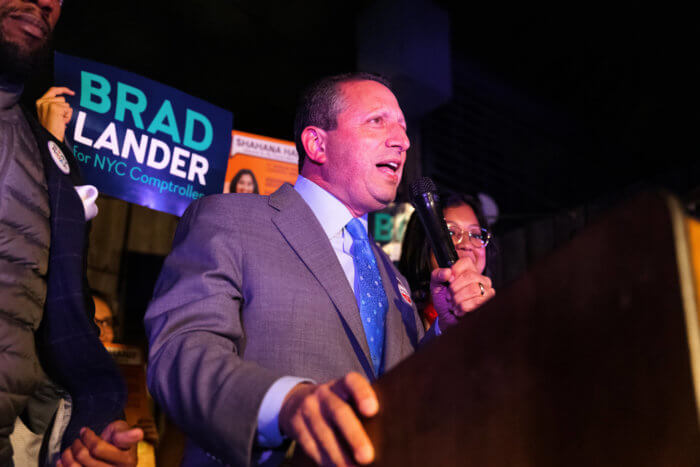
During a long heatwave from July 19-25, the city opened their network of 542 “Cooling Centers,” free, publicly-available indoor spaces with air conditioning where New Yorkers can stay safe and cool. Operated by the city’s Office of Emergency Management, the facilities open when the National Weather Service issues Heat Advisories when the weather is dangerously hot.
Though Brooklyn, which is the city’s most-populated borough, has the highest number of Cooling Centers of the five boroughs — 171 — they are unevenly distributed throughout the borough, and the nabes most vulnerable to heat are also the communities without an adequate number of centers, according to the report.
Another advisory has been in effect in Kings County since Tuesday, Aug. 4, and is expected to stay in place at least until the evening of Tuesday, Aug. 9, with heat indexes rising above 100 degrees.
Vulnerability and heat-related deaths
According to the city’s “Heat Vulnerability Index,” which uses factors like population demographics, access to home air conditioning, surface temperatures and green spaces, residents of East Flatbush are among the city’s most at-risk during heat waves.
But, according to the comptroller’s report, the nabe has only two Cooling Centers — the Remsen Neighborhood Senior Center and the Brooklyn Public Library’s Rugby Library. Like all Cooling Centers located in senior centers, the Remsen NSC is only open to “older adults.”
“Time and time again, Central Brooklyn has gotten left behind with government resources and attention,” said Councilmember Rita Joseph, who represents part of the neighborhood, in a release. “The comptroller’s report showing the lack of cooling centers in our neighborhoods is just the latest example of our community not getting the attention we deserve in the midst of a climate crisis.”
East Flatbush isn’t the only part of Joseph’s district at risk — Crown Heights, Prospect Heights, South Crown Heights and Lefferts Gardens are also vulnerable to the heat and have few Cooling Centers, according to the report, as are Borough Park and Bedford-Stuyvesant.
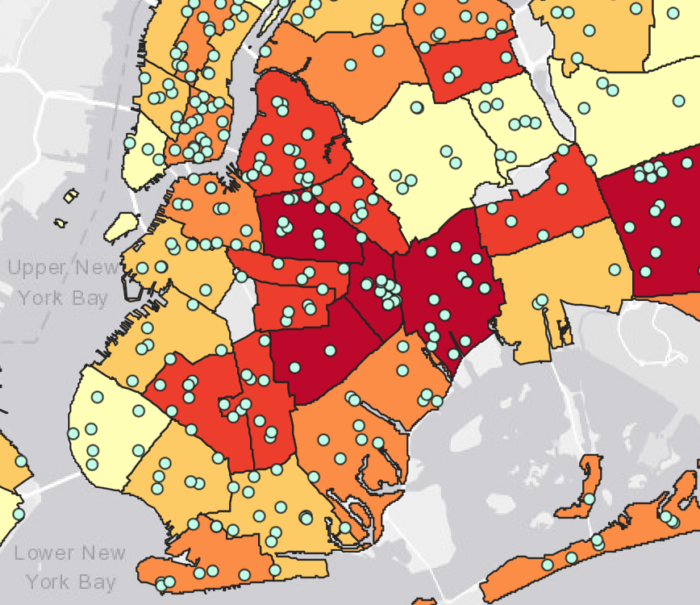
Black New Yorkers are twice as likely to die from heat-related illnesses, according to city data, and most people who died from “heat stress” died in homes that did not have air conditioners.
In New York City, at least 102 people died from “heat-related illnesses” from 2010 to 2019, according to city data, and Brooklyn saw the highest number of those deaths — 36. During that same time period, about 347 people citywide died because hot weather exacerbated existing medical conditions. While other Brooklyn neighborhoods like Bushwick, Brownsville, and Williamsburg are also considered very vulnerable to heat, each has a higher number of Cooling Centers — Brownsville, for example, has 17 for its population of about 98,500.
While the number of “heat emergencies” per year in New York City has remained about the same for the last 10 years, average summer temperatures are increasing, as is the “daily low temperature,” measured in the evening after the sun has set.
The report is a “snapshot in time,” said Louise Yeung, the comptroller’s chief climate officer, because the city’s interactive Cooling Center Finder is only accessible in the midst of a heat advisory and is taken offline when the advisories end.
Yeung, the first chief climate officer to be appointed to the comptroller’s office, has been thinking about doing this analysis for some time, she said, as climate changes makes heat waves more frequent and intense.
Recommendations for Cooling Centers
To accompany their findings, Yeung and the other authors of the report issued a number of short and long-term recommendations to the city, including increasing the number of Cooling Centers, starting in East Flatbush; finding new sites for the facilities, like school and houses of worship; expanding operating hours; and creating new outdoor cooling facilities.
In addition to being closed on weekends, most cooling centers are closed at night — even as nighttime high temperatures have increased over time, meaning vulnerable neighborhoods are not getting relief even after sunset.
Long-term, the office encourages the city to start using heat pumps and retrofitting buildings to meet the city’s climate standards while fighting the heat and begin working to increase green spaces in vulnerable neighborhoods to reduce the heat-island effect and cool them down. A 2021 report found that only 1 percent of Community District 17, which encompasses East Flatbush, was recreational green space.
The recommendations are based heavily on the work of environmental nonprofit WE ACT for Environmental Justice, including their Extreme Heat Policy Agenda. Yeung said she hopes to work with the OEM to implement some of the recommendations, and is hoping to connect with other local organizations and politicians about it.
“We’re trying to identify opportunities to make sure folks know about some of these findings,” Yeung said. “The data has limited availability — even making it clear what some of the needs are in terms of hours of operation and locations is really useful. We’re definitely working with our partners to identify opportunities for further advocacy around these recommendations.”
An OEM representative told Brooklyn Paper the city conducts “extensive evaluations” of cooling center facilities to make sure each is prepared with functional air conditioning and drinking water ahead of heat events, and that operating hours are dictated by each individual facility and their funding and staffing availability.
Organizations or facilities that would like to become Cooling Centers can apply online.
“Heat stress impacts some of our more vulnerable populations, including older people, children, and homeless individuals. Excessive heat can also aggravate asthma and drain financial resources that already disproportionally affect low-income communities and communities of color, making cooling centers in our communities much more than an amenity, but an issue of equity,” said Brooklyn Borough President Antonio Reynoso, in a statement. “We welcome additional city resources to open more cooling centers in Brooklyn’s most affected neighborhoods.”
Find a Cooling Center near you using the city’s interactive Cooling Center Finder, or call 311 for more information.


